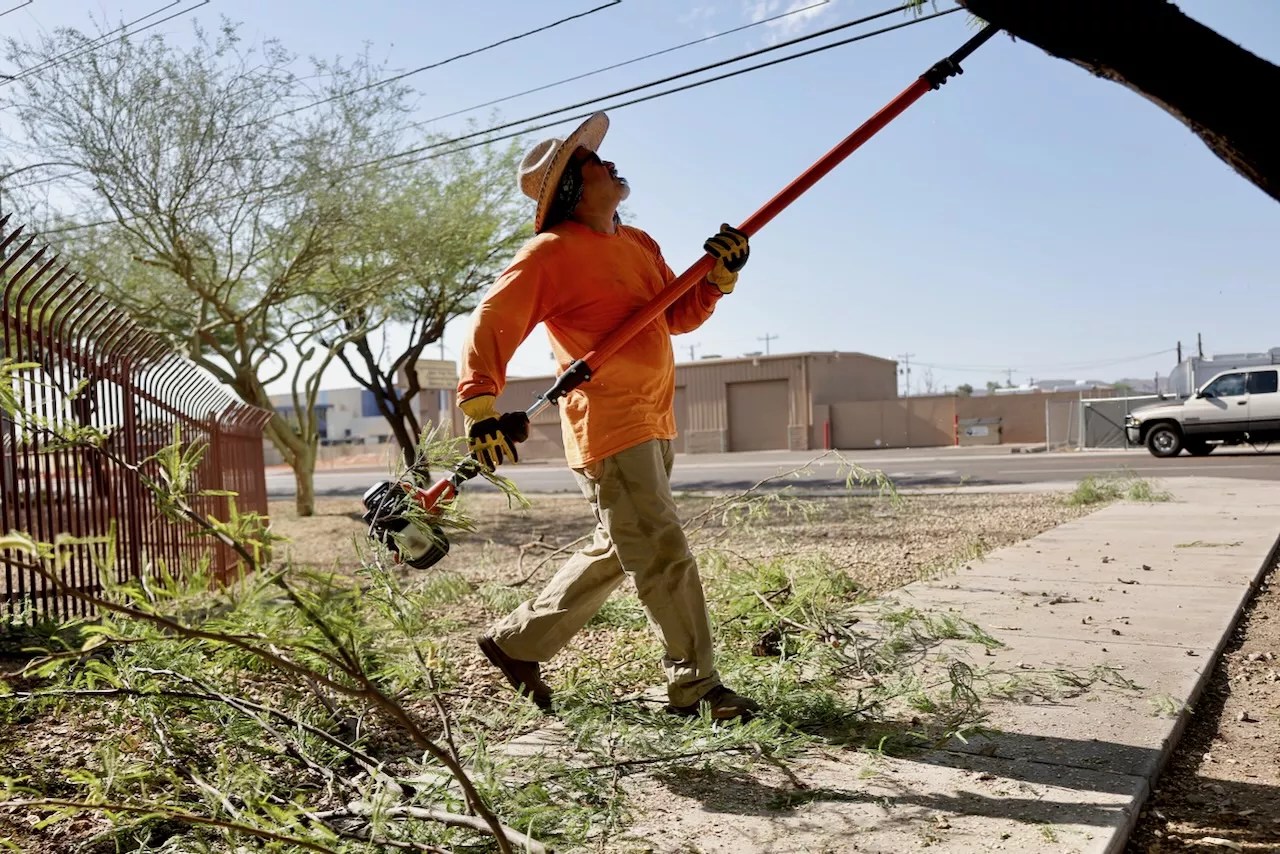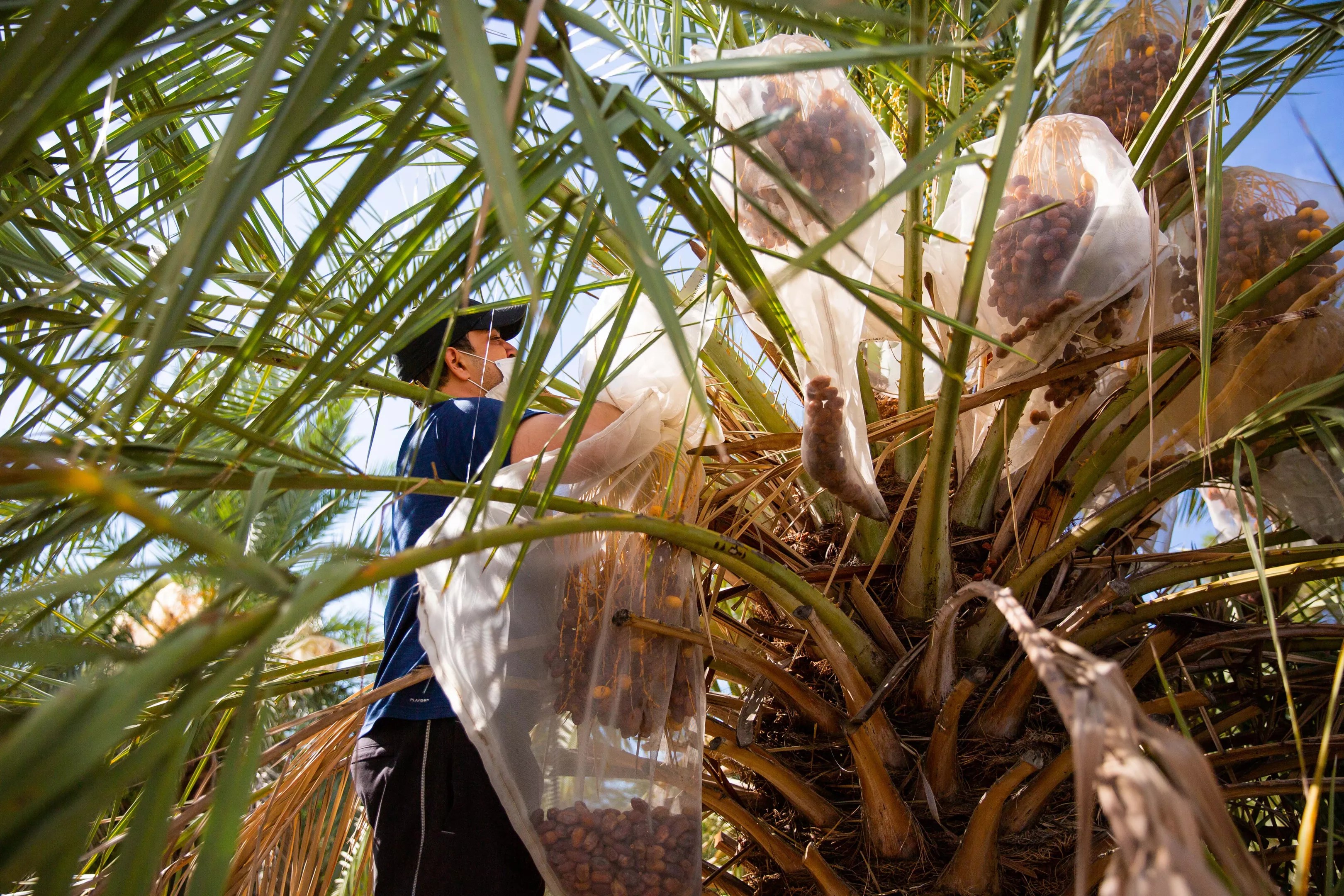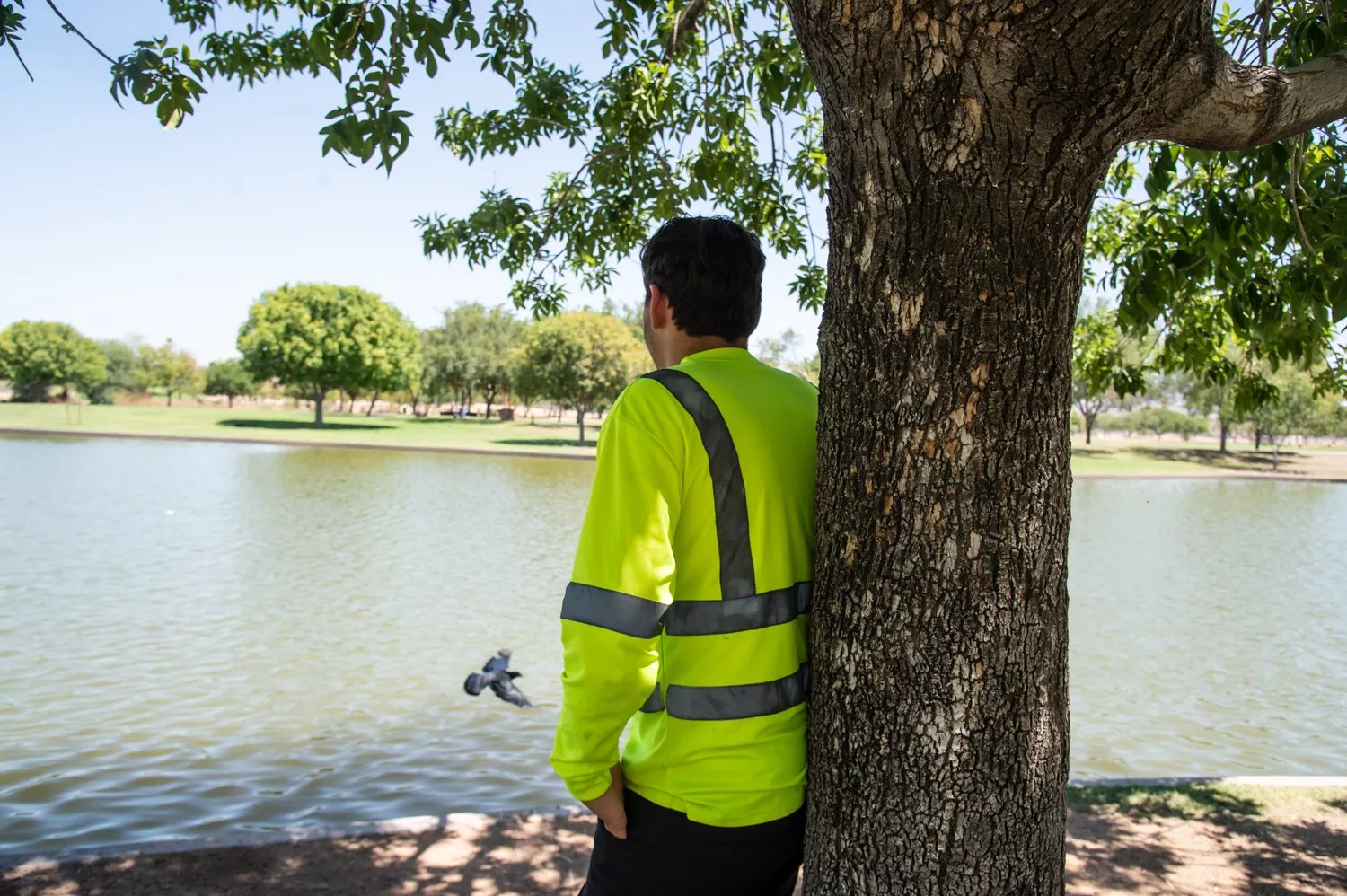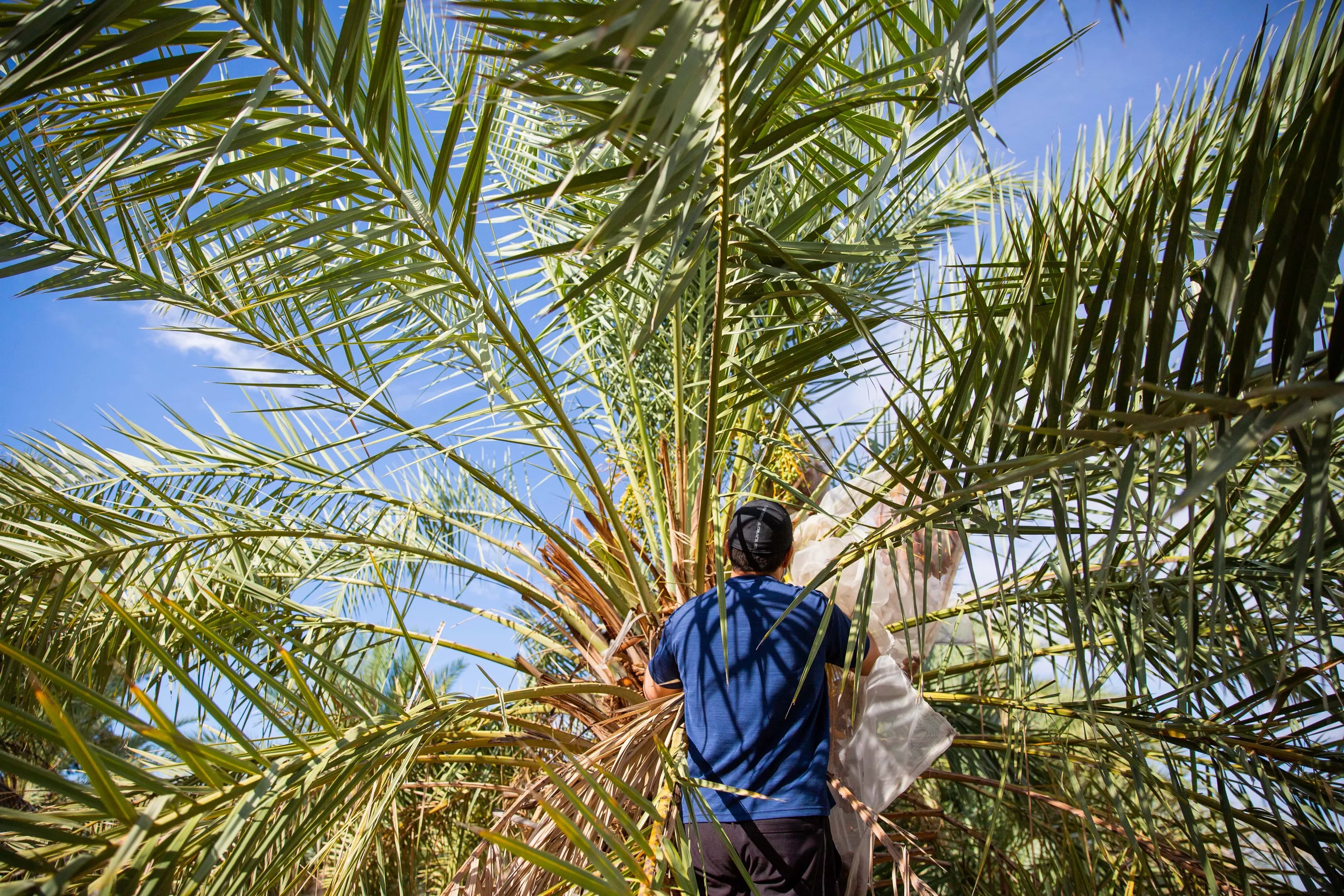
Mario Tama / Getty Images

Audio By Carbonatix
With 425 heat-associated deaths confirmed so far, 2023 is likely to have the deadliest heat season since Maricopa County started its current tracking system in 2012. But a new tree-planting effort could help mitigate the deadly Phoenix heat.
On Sept. 14, the U.S. Forest Service announced that the city of Phoenix was awarded a $10 million grant to support the planting of trees in heat-vulnerable areas.
“This significant award is more than just money for tree planting – it’s an acceleration toward a cleaner, cooler, more equitable Phoenix,” Mayor Kate Gallego said in a prepared statement. “Expanding our shade canopy has long been one of my priorities, and as we work overtime to combat the impacts of climate change and make our city more resilient to extreme heat, this funding has the potential to multiply our impact.”
The money is in addition to the $4 million American Rescue Plan Act funding that was approved by the city council in 2022. Together, the two grants will go toward tree planting and maintenance as well as community restoration projects, the announcement said.

ASU alumnus Joe Shocker harvests dates in bunches from a palm tree during the 2021 harvest.
Deanna Dent
Mitigating radiant heat
As the nation’s fifth most populous city, Phoenix has become an urban jungle without canopy coverage. In fact, central Phoenix has just 6.1% canopy coverage, according to a city report.
In recent years, the city’s unchecked development has created a sprawling urban heat island that is experiencing record-breaking temperatures.
In 2020, the city embarked on the Cool Pavement Program, and since then, miles of pavement have been sealed with a special coating that is said to reflect, rather than absorb, heat from the sun. On June 6, the city celebrated 100 miles of sealed roads. Testing done in conjunction with Arizona State University has shown a 10.5-12 degree surface temperature difference in the midday and afternoon hours, KTAR reported in June.
But the initiative has not been foolproof. Last December, a section of the pavement from 17th to 15th avenues and McDowell Road to Encanto Boulevard peeled after heavy rains hit the area.
The city’s chief heat officer, David Hondula, is hopeful that the Tree and Shade Grant Programs will do even more to help cool the city.
“Adding trees to the urban environment will cool the city in general,” Hondula told Phoenix New Times. “People are going to experience the benefit of the radiant temperature on their body being so much lower because they’re in the shade.”
The city is targeting the grant programs to areas within Qualified Census Tracts to help boost the number of trees in in low-income areas.

A tree and shade plan may increase Phoenix’s urban forest by 2030 and provide increased heat protection during summer days.
O’Hara Shipe
The city won’t plant the trees, residents will
Although the city will be providing supplies to eligible neighborhoods and residents, it won’t be getting its hands dirty. Through two grant programs, Community Canopy and Canopy for Kids, Phoenicians can apply to have trees and supplies delivered. Planting and caring for the trees will be the responsibility of awarded applicants.
“There’s a supply bag that comes with every tree,” Hondula said. These bags have supplies worth $150, including a moisture meter, watering calendar, a hose and educational materials. Water isn’t one of the resources trickling down to communities, though.
The Community Canopy grant is for neighborhood associations, community nonprofits, multifamily residential sites, nonresidential sites and community members in Phoenix. At a minimum, applicants must apply for at least 30 trees if applying as a neighborhood and two trees if applying as an individual. Neighborhoods can apply for as many as 200 trees.
The Canopy for Kids grant is for public school districts, nonprofit schools and nonprofit organizations that provide services to youths in Phoenix. Under this grant program, applicants can apply for a minimum of $10,000 and a maximum of $75,000 per site for landscape services, supplies and planting events.
Applications for the grants are accepted on a rolling bases and reviewed monthly, according to the grants’ website. The city will award up to $2 million by the end of 2024 when all grant work must be completed.
As of Oct. 18, the city was in the process of reviewing the third round of completed applications, which it will continue to accept until Nov. 21.

The city is hoping to plant more native trees that require low amounts of water, but nothing’s set in stone yet.
Deanna Dent
Still hammering out the details
While the basis of the two grant programs has been established, Keyera Williams, a spokesperson with the city, told New Times that the city is still hammering out the final details of how they will function.
The Office of Heat Response and Mitigation will have its first meeting with the U.S. Forest Service grant administration staff in early November, Williams said.
“After that (meeting), we will be able to develop a fact sheet with more details about how the funding will be allocated,” she added. “Until then, we don’t know exactly how the Phoenix funding will be allocated.”
The timeline for spending the new $10 million grant also is nebulous. Hondula said the Forest Service’s funding lasts five years from the time the contract is signed.
“They haven’t signed the contract yet,” he said. “But in general, we’re talking about the time period of 2024 to 2028 or 2029, give or take.”
He also said the city is hoping to plant more native trees that require low amounts of water, but nothing’s set in stone yet since officials don’t want to limit the creative plans applicants may come up with.
“We think that neighborhoods and communities have great ideas about the best way to improve the tree canopy in their location,” Hondula said. “We’re happy to get behind and support what we anticipate to be a really wide range of models and ideas behind this as this grant funding rolls out.”